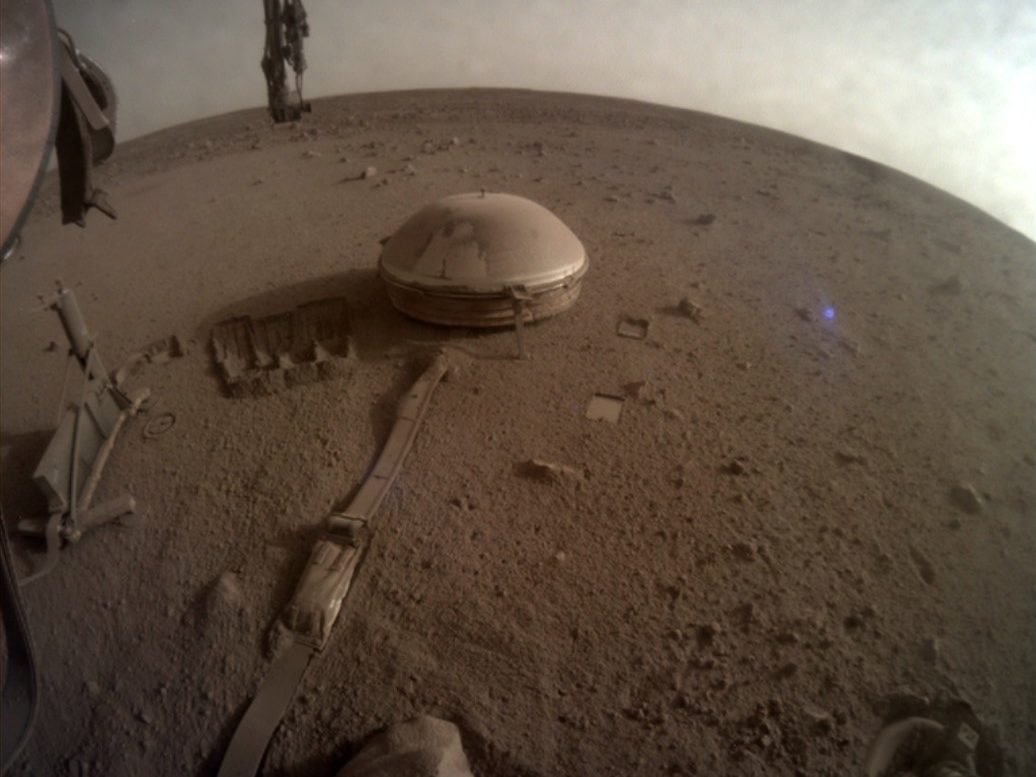Mars Earthquakes Unveil Secrets of the Red Planet That We Did Not Know Before
In a record-breaking event, the efforts invested in yet another NASA exploration have started paying off. Before now, other NASA missions to Mars only collected samples and data about the surface and some layers of the crust.
However, for the first time, NASA is probing beyond the surface and is getting information about the contents of Mars’ core.
Discovering New Perspectives of Mars Through the InSight Lander
NASA launched the InSight lander in 2018, and it collected precious data for four years straight.

Source: Flickr
To understand the purpose of this mission, you’ll need to spell out its full name. InSight stands for Interior Exploration using Seismic Investigations, Geodesy and Heat Transport. In simple terms, the InSight lander was designed to collect data about the seismic activities of Mars.
How Earth Helped Us Understand Mars
Scientists have come to agree that the Earth’s core possesses multiple layers. This consists of a molten outer core, a solid inner core, and an even denser sphere at the very center of the Earth. This dynamic arrangement helps the Earth maintain a global magnetism, with the core acting like a giant magnet.

Source: Wikimedia Commons
Unlike planet Earth, Mars contains an all-liquid core. Also, the elements (sulfur, oxygen, hydrogen) in its core are not metallic, so it lacks a magnetic field.
No One Drilled to the Earth's Core
In case you’re curious, there has been no expedition to drill the earth’s core. It’s so hot that any probe of the drill head would melt. You may then wonder how scientists could be confident of what is in the Earth’s core.

Source: Wikimedia Commons
In 1906, geologists studied the waves generated from the source of a major earthquake. As the shock waves traveled from the quake’s epicenter, their behavior was determined by the properties of the matter they passed through. So, scientists harness earthquakes like xrays and scanned the earth’s belly.
Using Marsquakes Like Earthquakes
With the help of the InSight lander, planetary scientists have been able to map the structure and content of planet Mars’ core.

Source: Wikimedia Commons
For one, the liquid core and its lack of a magnetic field are some of the reasons why the planet Mars does not support life. However, information collected during the seismic exploration can tell us a lot about the history of Mars. For example, whether or not it once had a magnetic field just like Earth.
